Click on the below button to Register now on Facebook for a 1-hour head start !
Steps to Inspecting a Vehicle at PAE
At PrivateAutoExpo (PAE), we bring together a wide variety of vehicles for sale from many different sellers in our area. While we take pride in ensuring the validity and safety of all sellers, we encourage buyers to take proactive steps to ensure a smooth and successful buying experience. By being thorough in your vehicle inspection, you can confidently make an informed decision.
We’ve put together some key tips and guidelines to help you inspect any vehicle you’re interested in at our events. These steps will help ensure you’re getting the best possible outcome when purchasing a car.
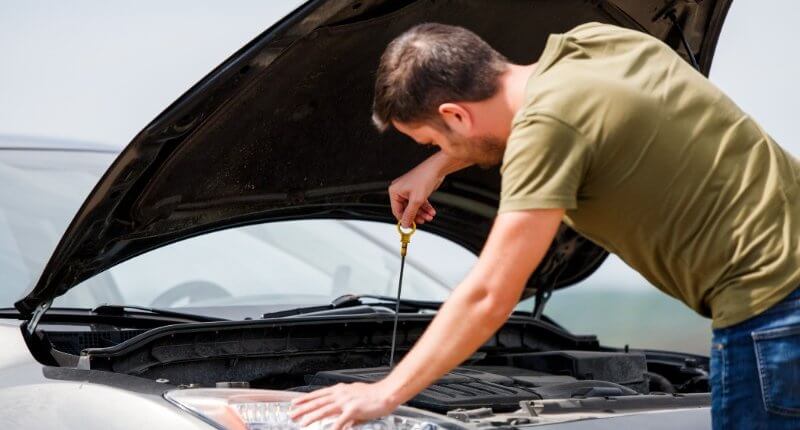
1.
Verify the Vehicle’s History
One of the most important things to do when buying a used vehicle is to check its history. This can uncover important details such as any accidents, title issues, or past ownership records.
We recommend using trusted vehicle history report providers such as:
These services can provide you with valuable insights into the car’s past, including whether it has been in any accidents, if it has a clean title, or if there are any open recalls. A clean history report can give you peace of mind, but if you notice any red flags, it may be a good idea to ask the seller for more details or even reconsider the purchase.
2.
Bring an Experienced Inspector
If you’re not familiar with cars or don’t feel comfortable evaluating a vehicle on your own, we highly recommend bringing someone with you who has experience. A second set of eyes can be invaluable when looking for potential issues.
If you don’t know anyone who is familiar with cars, you might want to bring along a local mechanic. Many mechanics offer pre-purchase inspections for a fee. Having a professional inspect the car can help you spot any hidden problems that may not be visible to the untrained eye.
3.
Always Request a Bill of Sale
Once you’ve inspected the vehicle and decided to purchase, it’s crucial to get a Bill of Sale. This document serves as proof of purchase and should include:
- The make, model, year, and VIN (Vehicle Identification Number) of the car
- The purchase price and date of the transaction
- Both the buyer’s and seller’s contact information
- Any terms or agreements (such as warranty or “as-is” sale)
The Bill of Sale is an essential document that can protect you in case of disputes or future claims.
4.
Check for Liens on the Vehicle
It’s vital to ensure that there are no outstanding liens on the vehicle before finalizing the transaction. A lien is a legal claim on the car, often due to an unpaid loan, and can complicate the transfer of ownership.
Before buying the vehicle, check with the seller to ensure that:
- There are no existing liens on the car
- The seller can provide a lien release document from the lender if there is a lien
If the vehicle has a lien, it’s important to work with the seller to either pay off the lien before completing the sale or ensure the lien release is properly documented. You can also check with local authorities or use online tools to verify the status of a lien.
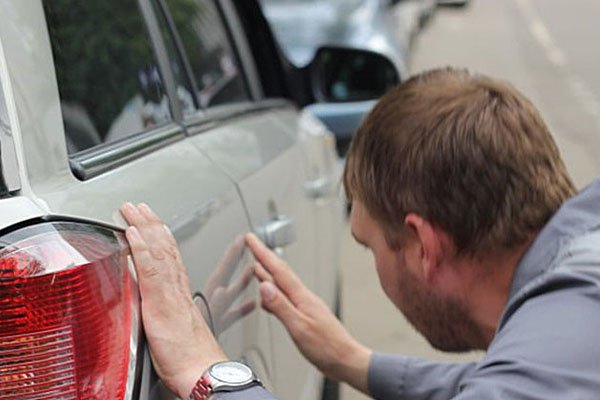
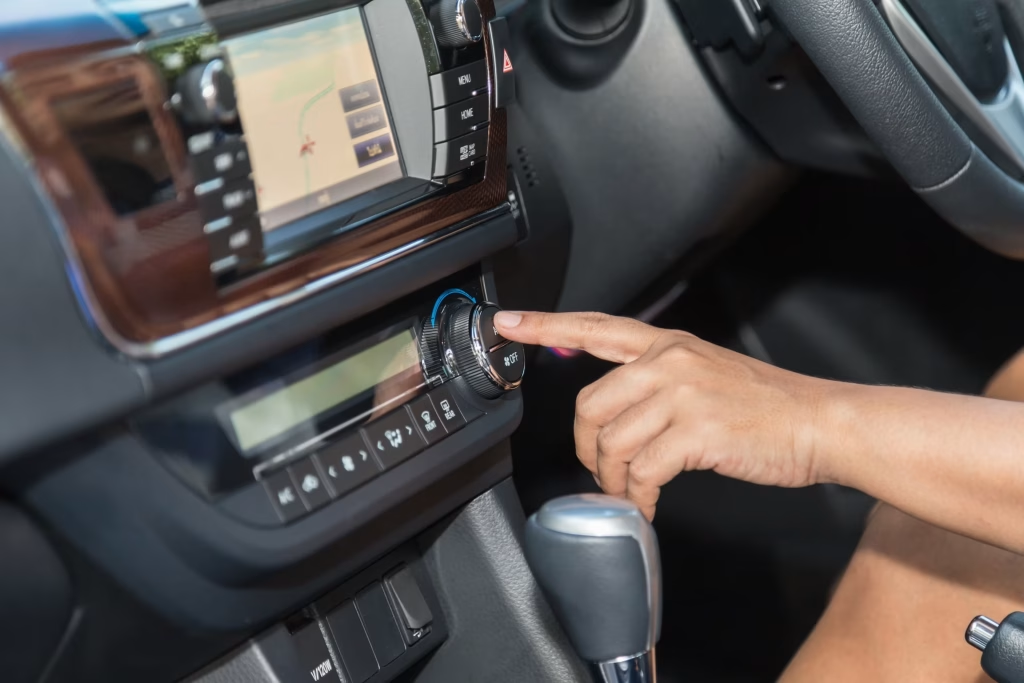
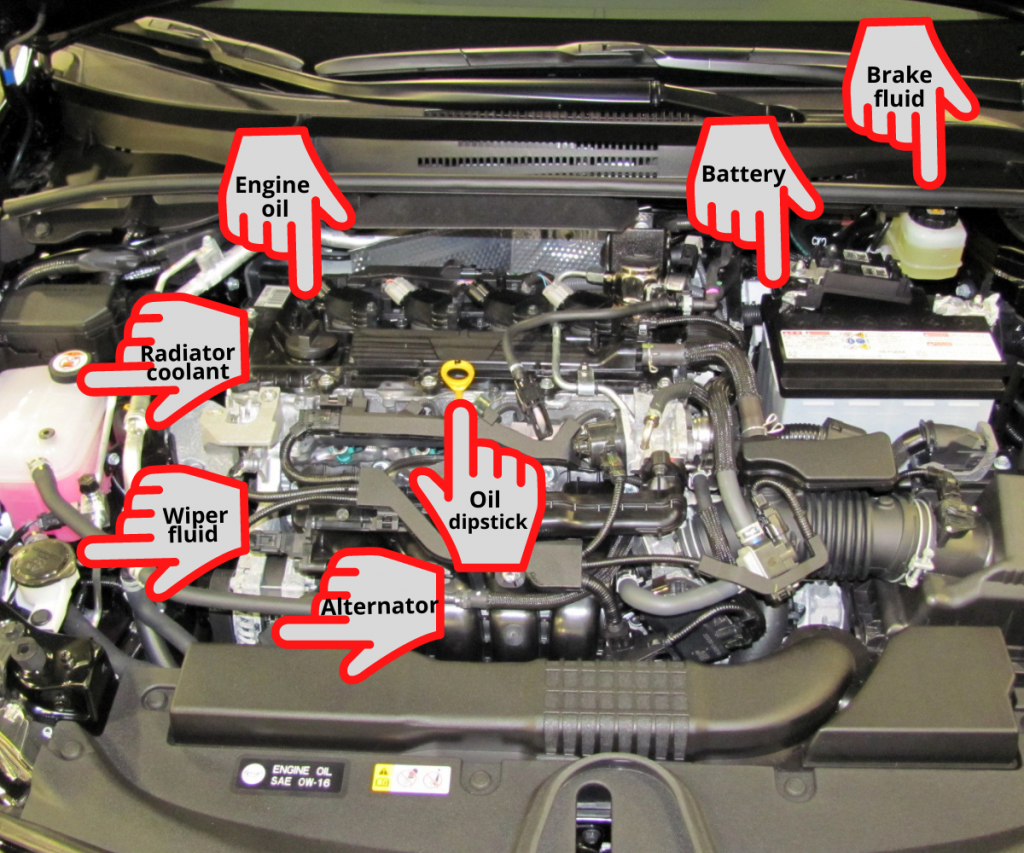

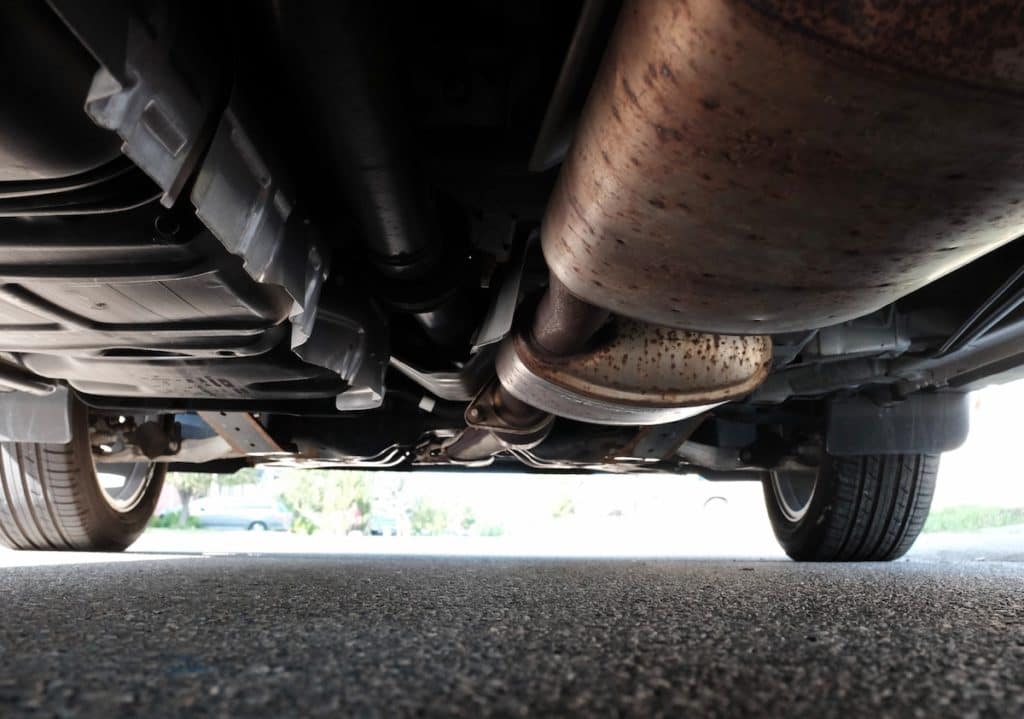
5.
Use Our Vehicle Inspection Checklist
We’ve put together a general checklist to help guide your vehicle inspection process. This list covers essential areas to check when inspecting a car:
Exterior
- Body Condition: Check for dents, scratches, rust, or signs of previous accidents (misaligned panels, repainting, etc.)
- Tires: Inspect the tread depth and look for any uneven wear, which could indicate alignment issues.
- Lights and Signals: Test all exterior lights (headlights, tail lights, turn signals, brake lights) to ensure they’re functioning properly.
Interior
- Seats and Upholstery: Check for wear and tear, stains, or odors.
- Dashboard: Make sure all gauges and warning lights are functional (e.g., check engine light, oil pressure, temperature).
- Air Conditioning/Heater: Test the climate control systems to ensure they’re working.
Under the Hood
- Engine Condition: Look for any signs of leaks, rust, or loose components.
- Fluid Levels: Check the oil, coolant, and brake fluid levels.
- Belts and Hoses: Inspect for wear or cracking.
Test Drive
- Driving Performance: Pay attention to how the vehicle drives—does it shift smoothly?
- Brakes: Ensure the brakes feel responsive and smooth, without any grinding or pulling to one side.
- Suspension: Test for any noticeable bouncing or instability while driving.
Underneath the Vehicle
- Exhaust System: Look for any rust or damage to the exhaust.
- Frame and Undercarriage: Check for signs of rust or damage from previous accidents.
